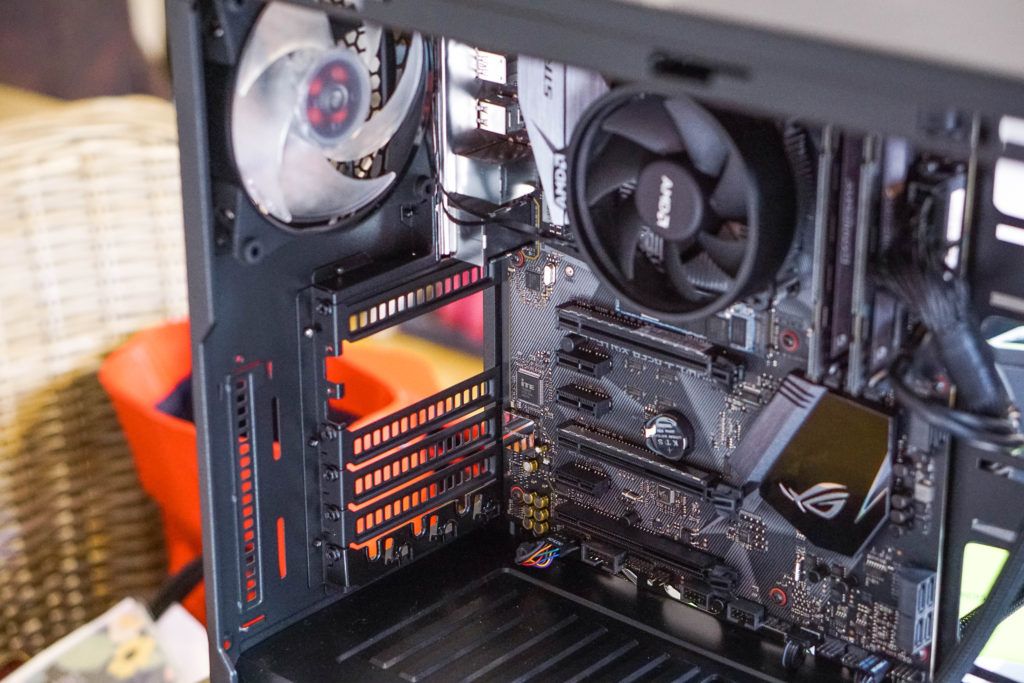
The journey of a graphics card from a powerhouse component in your gaming rig or workstation to a potentially valuable item gathering dust is a common narrative for tech enthusiasts. Whether you’re a gamer chasing the latest frames, a crypto miner re-evaluating your setup, or an IT manager decommissioning enterprise hardware, offloading your old GPU can make perfect sense. The promise of extra cash to fund that shiny new upgrade, or simply to clear out unused assets, is compelling. However, without the right approach, this process can quickly turn into a headache, potentially costing you a good amount.
Selling a used graphics card isn’t just about finding a buyer; it’s about navigating market fluctuations, potential scams, and the critical need for secure handling. Many individuals unwittingly make common errors that lead to less-than-ideal sale prices, frustrating disputes, or even damaged goods during transit. This comprehensive guide aims to arm you with actionable strategies to avoid these pitfalls, ensuring you not only get the most money for your hardware but also guarantee its safe journey. We’re talking about maximizing your return and minimizing your risk, transforming what could be a loss into a smooth, profitable transaction.
In this first part of our in-depth guide, we’ll focus on the critical preparatory steps and market strategies that lay the groundwork for a successful sale. From identifying the ideal platform to showcase your GPU, through the meticulous process of cleaning and testing, to the art of crafting an irresistible listing and pricing it just right, we’ll equip you with everything you need. Getting these foundational elements right ensures you attract serious buyers, build trust, and secure the best possible value for your graphics card.

1. **Choosing the Optimal Selling Platform for Value**Selecting the right platform is arguably the first and most crucial decision when selling your graphics card. Each avenue offers distinct advantages and disadvantages, impacting the final sale price and the effort involved. For high-volume or enterprise cards, professional ITAD companies offer a streamlined, secure, and efficient option, buying hardware in bulk with instant quotes and handling logistics. They often have minimum value requirements, so this suits multiple GPUs.
For individual sellers, online marketplaces are primary. eBay offers an enormous global audience, often translating to strong resale value. However, expect around 10-15% in eBay and PayPal fees. eBay provides robust seller protections, but mitigate risks like fraudulent returns by documenting your GPU’s condition and packing with photos or video. Niche communities like Reddit’s r/hardwareswap are fee-free, attracting informed enthusiasts. Here, there’s no formal buyer protection, so adhere strictly to community rules and use secure payment methods.
Local options like Facebook Marketplace and Craigslist offer speed and no shipping. Both allow free local listings and quick cash transactions through in-person meetups. These are great in larger cities. However, they lack buyer/seller protections. Always meet in public, accept cash only, and be prepared for lowball offers or no-shows. Never agree to ship an item for a Craigslist buyer; it’s a significant red flag. Your choice depends on whether you prioritize maximum value, minimal effort, speed of sale, or avoiding fees.
Read more about: Luxury Car Owner’s Headlight Nightmare: Unmasking the Shocking Costs Behind Modern Automotive Lighting
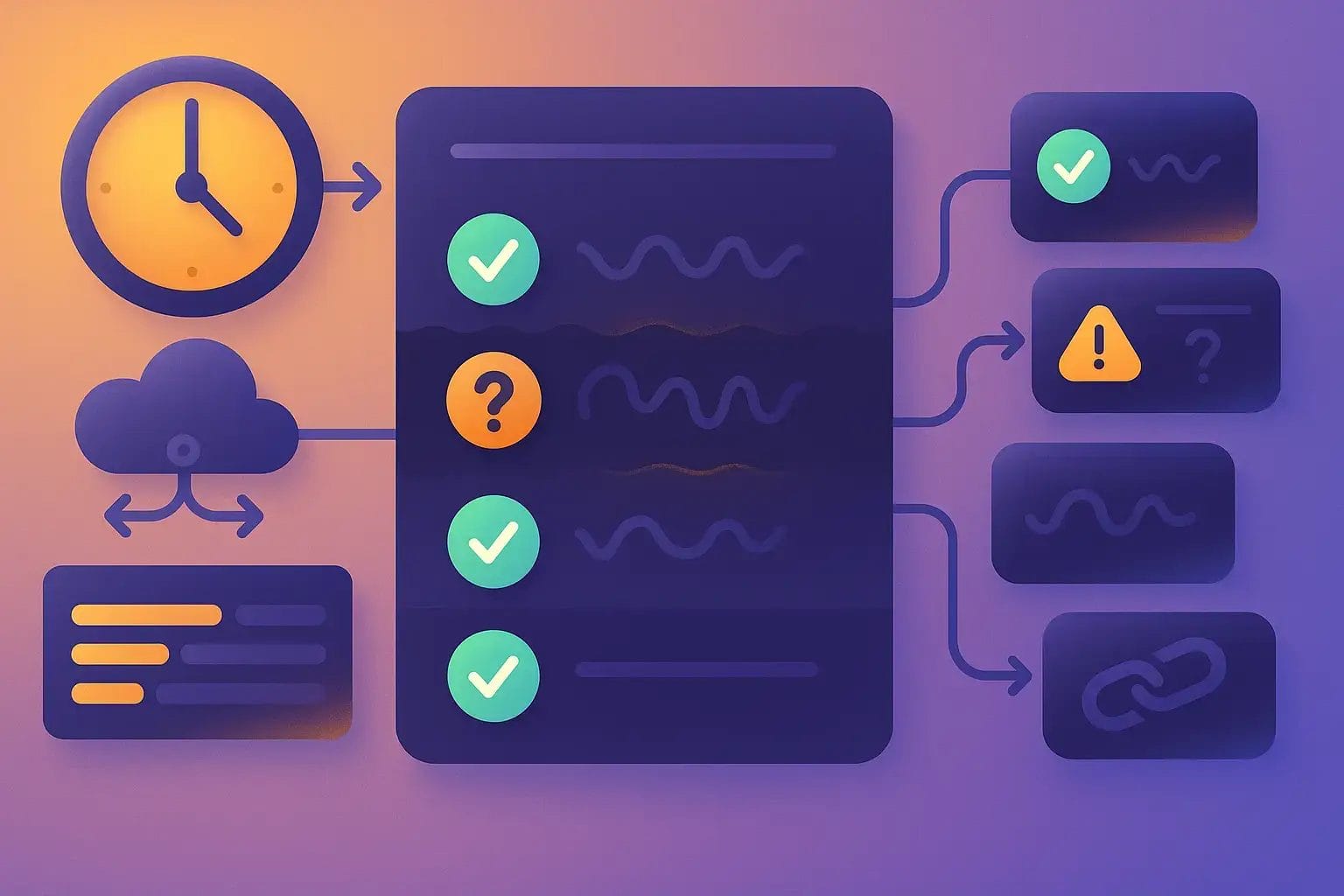
2. **Thoroughly Cleaning and Testing Your GPU**Before snapping photos or writing a description, two critical steps significantly boost your GPU’s appeal and value: meticulous cleaning and comprehensive functionality testing. These actions instill buyer confidence and prevent future disputes. A graphics card, especially one that has been working hard, accumulates dust within its heatsinks and fans, which looks unappealing and can impact performance.
Take time to thoroughly clean your card. Use compressed air to blast dust from the heatsink fins and fan blades, and a soft brush for stubborn grime. Gently wipe down the shroud and backplate with a microfiber cloth to remove fingerprints and surface dirt. A visually clean card immediately suggests careful maintenance, enhancing its perceived value and reflecting a history of care.
Beyond aesthetics, confirming operational integrity is non-negotiable. Install the GPU in a working PC and put it through its paces with a demanding game or benchmark. Monitor temperatures and performance. This allows you to confidently state in your listing that the GPU is “fully functional” or “tested under load with no issues.” Such declarations reassure buyers. Documenting this testing, perhaps with a screenshot of a benchmark, can be a powerful addition. Disclose any minor quirks upfront to build trust.
3. **Capturing High-Quality, Revealing Photos**In the digital marketplace, visuals are paramount. High-quality photos communicate professionalism, transparency, and the true condition of your graphics card. A listing without images, or one with blurry, poorly lit photos, is almost guaranteed to be overlooked. Your aim is to provide such clear and comprehensive visual evidence that buyers feel they’ve already inspected the card in person.
Begin by taking multiple photos from various angles. Capture the front, back, sides, and close-ups of critical areas like fans, ports, and the PCIe connector. Highlight any appealing design elements. Good lighting is crucial; natural, diffused light is often best, avoiding harsh reflections. A neutral background helps your GPU stand out. Consider including photos of the GPU powered on, or a screenshot of it passing a benchmark, as compelling visual proof of functionality.
Detail and honesty are key. If there are minor cosmetic imperfections, photograph them clearly. Hiding flaws only leads to disappointment and potential disputes. By proactively showcasing the card’s true condition, you build trust and manage buyer expectations effectively. Don’t forget to photograph any included accessories—original packaging, cables, adapters—as these add value.
Read more about: The Perpetual Motion Machine: Why Hollywood Can’t Quit Its ‘It Boy’ Obsession and the Seven Faces Dominating Your Screens
4. **Crafting a Detailed and Honest Listing Description**While high-quality photos do most of the talking, a detailed and honest description seals the deal. This is where you provide all crucial information, clarify ambiguities, and build trust—essential for a smooth transaction. Think of it as answering every conceivable question a potential buyer might have before they even ask. Ambiguity or lack of information deters buyers, leading them to more transparent listings.
Start with essentials: the exact brand, model, and any specific variant or part number. Clearly state key specifications like VRAM amount and type (e.g., “NVIDIA GTX 1080 Ti – 11GB GDDR5X”). Follow with a transparent account of the card’s current condition, being specific: “used for 2 years of light gaming, never overclocked, runs without issues” is more reassuring than “used.” It’s vital to disclose any cosmetic or functional notes, such as a minor scratch or if it was used for cryptocurrency mining.
Mention if you possess the original box and packaging, and any included accessories. Original packaging adds value. A brief explanation of why you’re selling, like “upgraded to a newer RTX 40-series card,” often reassures buyers the card wasn’t removed due to a defect. If shipping, briefly outline your packaging intentions (e.g., “will be packed in anti-static wrap and a padded double-box”) to assure buyers of safe transit. Transparency minimizes post-sale issues.

5. **Mastering Competitive Pricing and Market Research**Setting the right price for your used graphics card is a delicate balance. Price it too high, and your listing will languish; price it too low, and you’ll leave money on the table. The key to successful pricing lies in diligent market research and a realistic assessment of your card’s value. Graphics card values are highly dynamic, influenced by new product launches, seasonal demand, and overall market conditions.
Your first step is to thoroughly research recent sold listings for your specific card model on platforms like eBay. Look for cards in similar condition. This provides the most accurate snapshot of what buyers are actually willing to pay. Tech forums can also offer insights. Factor in the GPU’s age, performance tier, and demand; newer, high-performance cards command higher prices. If your card saw heavy use, particularly for mining, price it lower and disclose that usage.
It’s smart to list your card at a slightly higher, but reasonable, price and indicate openness to offers, allowing negotiating room. Keep an eye on competitor listings; if many similar GPUs are for sale, competitive pricing helps yours sell faster. Remember, value depreciates over time, especially with new model releases. Don’t procrastinate; you’ll generally get the best price while your hardware is still relevant and in demand.
Read more about: The Affordable New Truck That Is Outselling the Ford F-150: Market Dynamics and Unprecedented Value
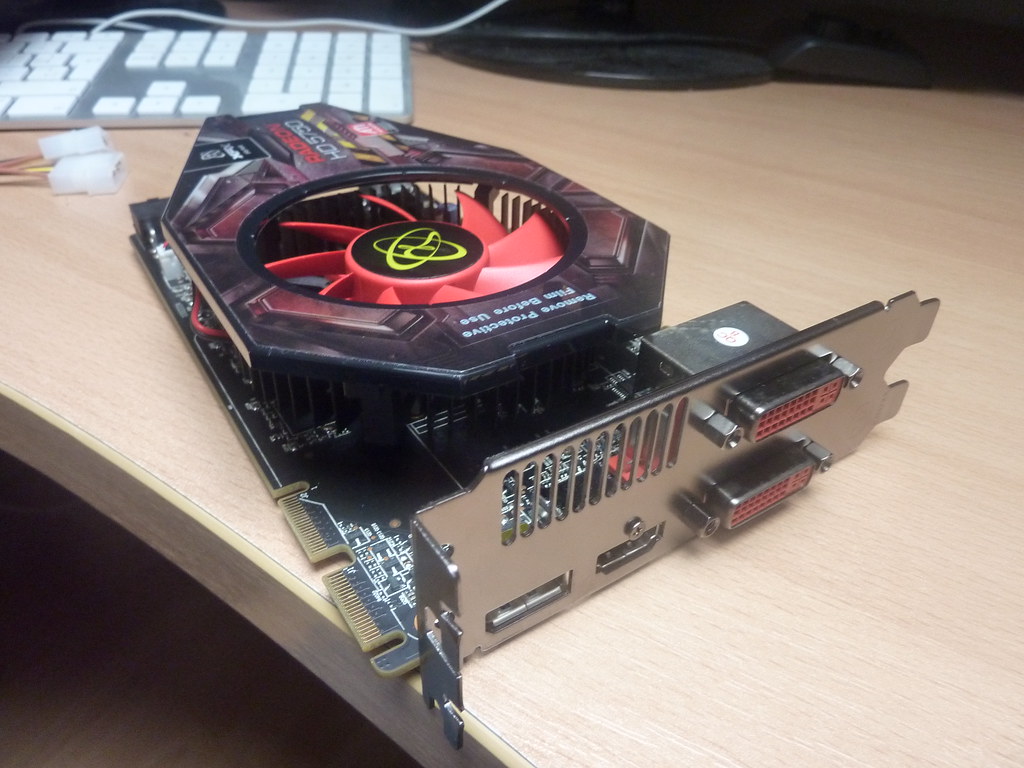
6. **Timing Your Sale for Maximum Returns**Critical to a profitable sale is *when* you decide to list your graphics card. Timing can significantly impact your final price. GPU prices fluctuate based on market demand, technological advancements, and seasonal factors. Understanding these dynamics allows you to strategically list your card when its value is at its peak.
One powerful influence is market demand. Prices for specific models can surge due to popular gaming trends or renewed cryptocurrency mining interest. Monitoring tech news and gaming communities helps identify these periods. If your model is highly desirable, that’s your prime window to list. Conversely, selling during a market glut, when many similar cards are available, will inevitably drive prices down.
New graphics card generation releases are monumental. When NVIDIA or AMD announce new series, older models almost invariably drop in value. If upgrading, the optimal strategy is to sell your current GPU *before* the official announcement or widespread availability of its successor. Waiting until new cards are on shelves means competing with a sudden influx of older models. Seasonal factors also play a role, with demand sometimes spiking around major shopping holidays. Aligning your sale with these trends can attract more enthusiastic buyers.
The first half of our guide armed you with the essential strategies for preparing your graphics card and crafting an irresistible listing. Now, as your GPU finds its new owner, the journey isn’t over. The final, crucial phase involves safely transporting your valuable hardware. Many sellers, having meticulously prepared their listings, stumble at this last hurdle, often making critical shipping mistakes that can erase all their hard-earned value. We’re talking about potentially thousands of dollars in loss if your card arrives damaged, non-functional, or simply never makes it to its destination.
This section is your definitive guide to securing your GPU’s safe passage. We’ll meticulously unpack the most common—and costly—shipping errors, offering practical, actionable advice to sidestep these pitfalls. From safeguarding against invisible threats like static electricity to ensuring robust physical protection and leveraging smart shipping practices, we’ll ensure your graphics card completes its journey in pristine condition, securing your profit and protecting your reputation. Let’s dive into the common mistakes you absolutely must avoid to guarantee a smooth, successful delivery.
Read more about: Rethink Your Fuel Strategy: Why Maximizing Credit Card Rewards at the Pump Is a Smart Move for Every Driver

7. **Neglecting Essential Anti-Static Protection**It’s an unseen threat, but one that can silently destroy your GPU: electrostatic discharge. Many sellers overlook this critical detail, assuming physical padding is enough. However, even the slightest static shock, undetectable to human touch, can irreversibly damage the sensitive circuitry of your graphics card, turning a perfectly functional unit into an expensive paperweight.
This mistake is a fundamental oversight. A graphics card’s components are highly susceptible to static, especially during handling and transit, where friction can easily generate charges. Shipping a bare graphics card or one wrapped only in regular plastic or paper is akin to playing Russian roulette with its delicate electronics. The buyer receives a seemingly intact card that simply doesn’t work, leading to immediate disputes and frustrating returns.
The solution is straightforward and inexpensive: always enclose your GPU in an anti-static bag or wrap it in anti-static material. These specialized bags are designed to dissipate electrical charges, providing a crucial shield. If you don’t have the original bag, they’re readily available at electronics or shipping stores, a small investment that offers immense protection against a silent killer. Ensure the entire card, including the gold PCIe connector fingers, is fully covered.

8. **Employing Inadequate or Unsuitable Packaging Materials**After spending considerable time cleaning and testing your GPU, it’s a shame to undo all that effort by opting for flimsy or inappropriate packaging. A common mistake is using a padded envelope, a soft mailer, or even just a thin cardboard box without sufficient structural integrity. Such materials offer minimal protection against the inevitable bumps, drops, and pressures of shipping, virtually guaranteeing damage.
Shipping a graphics card in an inadequate enclosure is a recipe for disaster. The delicate fans, heatsink fins, and even the PCB itself are highly vulnerable to crushing forces or blunt impacts. A GPU shipped in a soft mailer, for example, has almost no defense against external pressure, making bent components or cracked PCBs a very real possibility by the time it reaches the buyer.
Always opt for a sturdy corrugated cardboard box as your primary shipping container. This provides the necessary rigid structure to withstand external forces. More importantly, ensure the card is enveloped in generous amounts of cushioning material. Think bubble wrap, foam, or even densely crumpled paper on *all sides*—not just a single layer. The goal is to create a protective cocoon that absorbs shocks and prevents the GPU from directly feeling any impact the outer box might sustain.
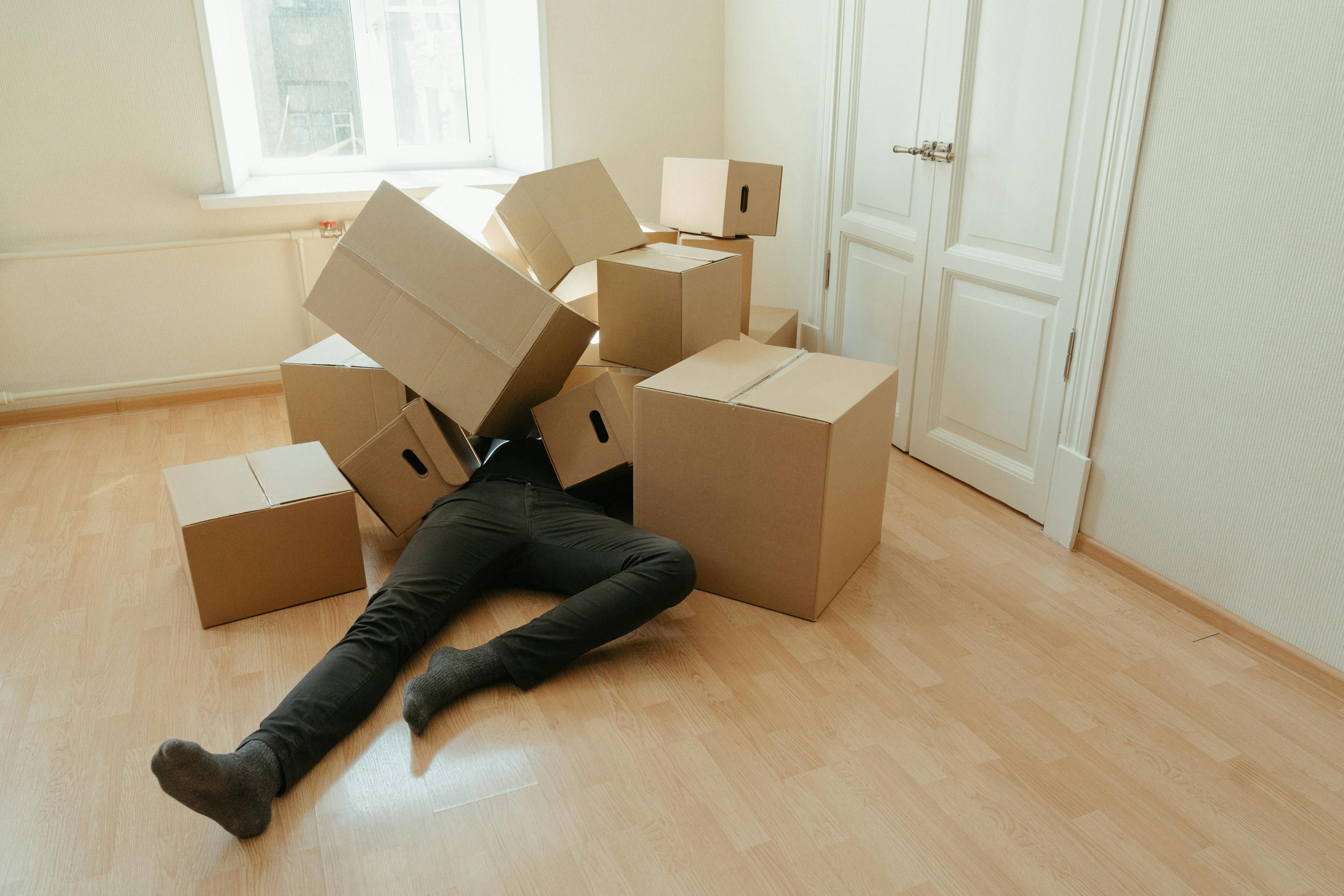
9. **Leaving Excessive Empty Space Inside the Box**You’ve got your sturdy box and your cushioning, but there’s another subtle mistake that can compromise your GPU’s safety: choosing a shipping box that’s far too large for the contents without adequately filling the void. A graphics card rattling around freely inside an oversized box is almost as bad as shipping it with no padding at all. This movement allows the card to build momentum, slamming against the box walls and effectively negating any external cushioning.
The problem here isn’t just cosmetic damage; internal components can suffer significant stress or outright breakage from repeated impacts. Loose parts within the box can shift, causing abrasion, or even dislodge critical elements of the GPU. If the card can slide, bounce, or the box itself can flex significantly due to internal emptiness, then you’re inviting damage.
The solution is to pack it tight, but without excessive force. Once your GPU is wrapped in its anti-static bag and bubble wrap, it should fit snugly within its immediate enclosure (whether an inner box or direct cushioning). Then, when placing this bundle into the outer shipping box, ensure *all* remaining space—top, bottom, and sides—is completely filled with filler material. Use crumpled paper, packing peanuts, foam pieces, or air pillows to immobilize the GPU. When you gently shake the sealed box, there should be no movement, no rattling, and no feeling of shifting contents.
Read more about: Unmasking the Silent Destroyers: 14 Everyday Driving Habits Secretly Wrecking Your Ride

10. **Forgetting to Remove or Secure Loose Parts and Accessories**Modern graphics cards often come with detachable elements, heavy cooling shrouds, or accessory cables. A common oversight is to ship the GPU with these parts still attached loosely or simply thrown into the box alongside it. Forgetting to secure or remove these attachments creates internal projectiles, turning helpful accessories into potential agents of destruction during transit.
This mistake stems from a lack of attention to detail and can lead to internal damage. A heavy aftermarket backplate, if not properly supported, could stress the PCB. Detachable support brackets or SLI bridges, if left loose, can rattle around and scratch the GPU’s surface or even dislodge other components. Cables can tangle or exert leverage in unexpected ways, potentially bending ports or causing minor cosmetic damage that disappoints a buyer.
Before final boxing, conduct a thorough check for any detachable accessories. The best practice is to remove items like adapter cables, SLI bridges, or support brackets and pack them separately *beside* the card, still within the package. If a heavy cooler shroud or backplate cannot be removed, ensure it is tightly secured and adequately supported by the surrounding padding. The rule of thumb is simple: absolutely nothing should be moving freely once your package is sealed. A few moments spent on this step can prevent unforeseen internal damage and ensure the card arrives exactly as pictured.
Read more about: Ditch the Drama: Your Guide to 12 Bikini Blunders and How to Slay Your Summer Style
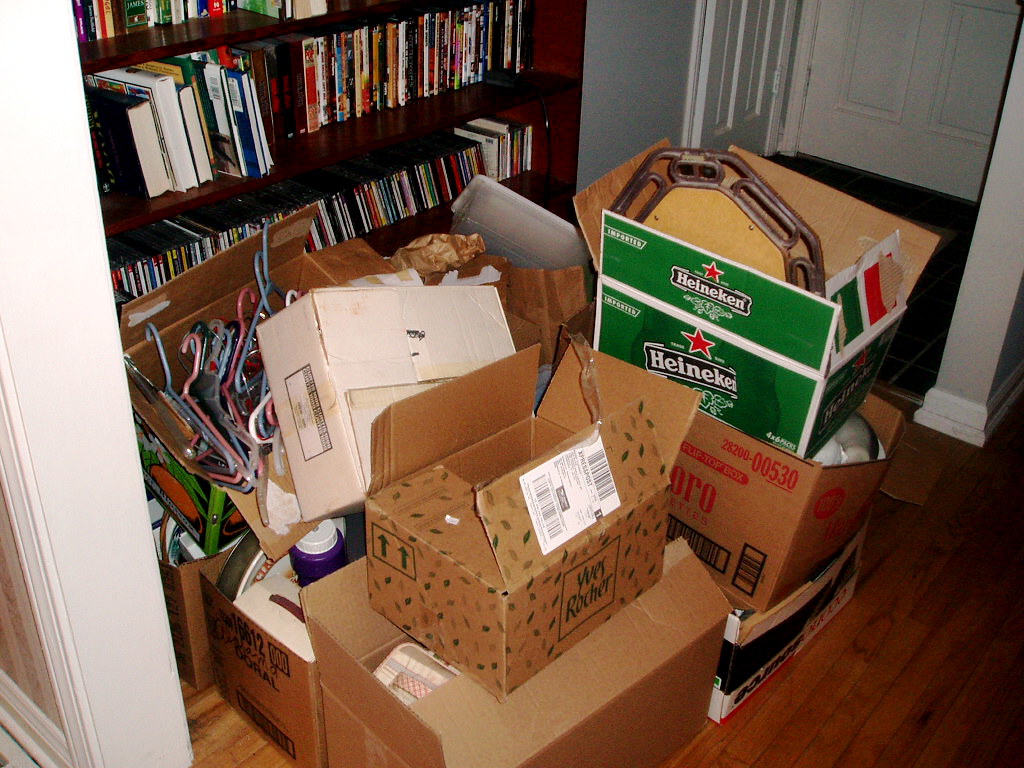
11. **Underestimating the Power of Double-Boxing (or a Two-Box System)**Many sellers mistakenly believe that once a GPU is in its original retail box, or simply a single padded box, it’s sufficiently protected. This underestimation of shipping forces is a significant mistake. While the original packaging is well-designed, relying solely on a single layer of protection, even a sturdy one, can still leave your valuable graphics card vulnerable to high-impact shocks that bypass individual cushioning.
The original retail box, while perfectly adequate for initial transit, is often designed for palletized shipping and gentle handling. When sent individually through standard parcel services, it faces far rougher treatment, including drops and being stacked under heavier packages. A single box, no matter how well padded internally, directly transfers external impacts to its contents. This means a sharp drop can still translate into significant shock for the GPU inside, risking damage that’s not immediately visible on the outer carton.
This is where the concept of “double-boxing” becomes your best friend. If you possess the original box and its foam inserts, place the GPU inside them, and then nest *that entire retail box* inside a larger, sturdy shipping box. Critically, fill the space between the two boxes with plenty of padding—crumpled paper, packing peanuts, or bubble wrap—so the inner box is completely cushioned on all sides. This multi-layered approach creates an “isolation zone,” where the outer layer absorbs the primary shock, and the inner layer provides a secondary buffer, preventing direct impact transfer to the GPU.
Even if you lack the original box, you can effectively recreate this double-box protection. First, prepare your anti-static-bagged and bubble-wrapped GPU and place it securely into a *smaller inner box*. This inner box should fit the wrapped GPU snugly, with any remaining gaps filled to prevent movement. This creates a rigid, protected internal unit.
Then, choose a larger, sturdy corrugated cardboard shipping box. Lay a thick layer of padding at the bottom of this outer box, center the sealed inner box on top, and fill *all* remaining space on the sides and top with ample cushioning material. The goal is to have the inner box entirely suspended and surrounded by padding, creating multiple layers of defense. This expert alternative method ensures that impacts on the outer box won’t directly transfer shock to the GPU, providing robust protection comparable to factory shipping. Always seal both boxes securely with strong packing tape.
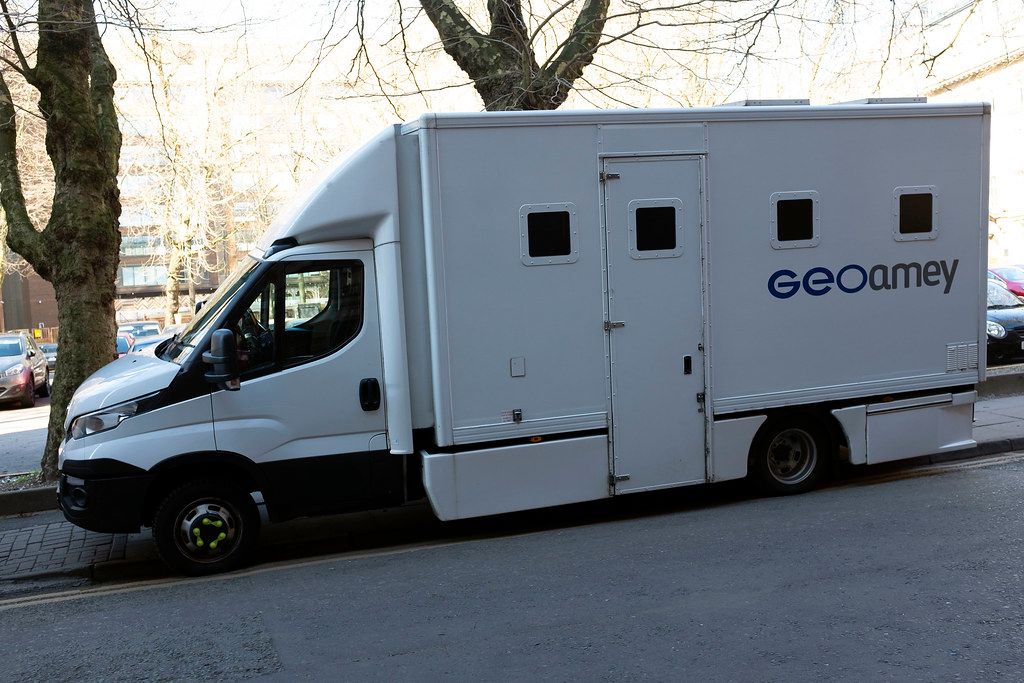
12. **Skipping Shipping Insurance and Tracking**You’ve cleaned, photographed, described, priced, and meticulously packaged your high-value graphics card. The final and arguably most critical mistake to avoid is sending it off without the essential safety nets of tracking and shipping insurance. This oversight, given the often-considerable value of GPUs, is a gamble that can result in a complete financial loss if anything goes wrong during transit.
Shipping a valuable item uninsured and untracked is a significant risk. What happens if the package gets lost? What if it’s damaged despite your best packing efforts? Without tracking, you and the buyer have no way to monitor its progress or confirm delivery, opening the door to disputes. Without insurance, if the worst happens—the package is lost, stolen, or destroyed—you’ll receive no compensation for your valuable hardware. This leaves both you and the buyer in a precarious, frustrating situation, eroding trust and leading to potential losses of hundreds or even thousands of dollars.
Never ship a graphics card, especially a high-value one, without these critical protections. Always choose a reputable shipping service that offers comprehensive tracking capabilities. This allows both you and the buyer to monitor the shipment’s journey, providing peace of mind and accountability. Additionally, always purchase shipping insurance, ensuring that the declared value covers the full sale price of your GPU. It’s a small extra cost for a monumental layer of protection. This way, if any unforeseen incident occurs, you are financially covered, transforming a potential “total loss” scenario into a manageable, insured claim. These safeguards are not optional; they are fundamental for a secure, professional transaction.
Selling your old graphics card can be an incredibly rewarding venture, transforming unused hardware into valuable funds for your next upgrade or project. But the journey from your hands to a satisfied buyer is fraught with potential pitfalls. By meticulously preparing your card, crafting a compelling listing, and, most importantly, mastering the art of secure, insured shipping, you empower yourself to navigate these challenges with confidence. Don’t let common mistakes diminish your return or lead to a frustrating experience. Follow these actionable strategies, and you’ll not only maximize your profit but also ensure every transaction is smooth, safe, and stress-free. Your next sale isn’t just a transaction; it’s an opportunity to apply these lifehacks and achieve a truly successful outcome, every single time.





